Naum Gabo (Naum Neemia Pevsner) (1890 – 1977)
We Perform Naum Gabo art authentication. Naum Gabo appraisal from . Naum Gabo certificates of authenticity (COA). Naum Gabo analysis, research, scientific tests, full art authentications. We will help you sell your Naum Gabo or we will sell it for you.
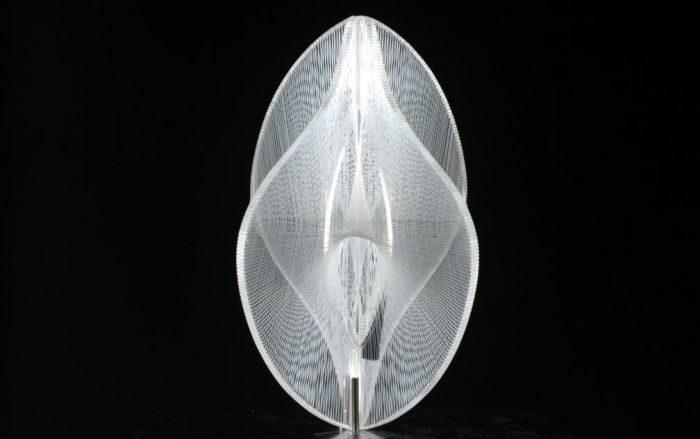
1957-8
Birmingham Museum and Art Gallery, UK
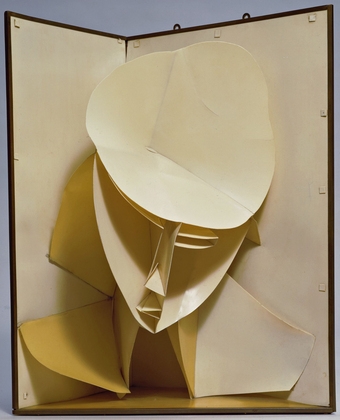
c. 1917-20 (after a work of 1916) Celluloid and metal, 24 1/2 x 19 1/4 x 14″ (62.2 x 48.9 x 35.4 cm)
Naum Gabo was a leading Russian artist, known for his Constructivist and Kinetic sculptures. Gabo was born with the name, Naum Neemia Peysner, in the small town of Bryansk in Russia. Gabo changed his name to differentiate himself from his brother, Antoine Peysner, who was also an artist.

1937 Perspex with Wood Base
National Galleries of Scotland
Before developing an interest in the arts, Gabo studied medicine and natural sciences at Munich University. In 1912 Gabo entered an engineering school in Munich, where he studied for only one year before moving to Paris with his brother. Around 1915 fled from the war, living in Copenhagen and Oslo. It was in Scandinavi that Gabo first started making constructions out of board and wood.
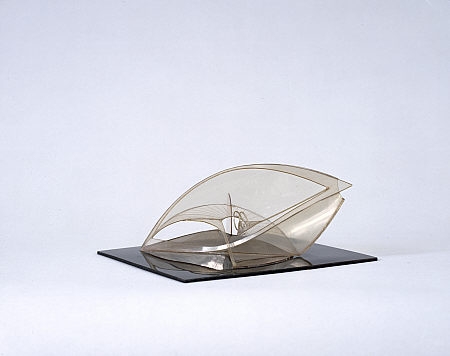
1941 Celluloid on Perspex Base
National Galleries of Scotland
By 1917 Gabo decided to return to Russia, where he became involved in Moscow politics and worked alongside other prominent, Russian artists. Gabo taught at The Higher Art Technical Workshop with such names as Tatlin, Kandinsky and Rodchenko. Gabo also participated in the ‘Agit-prop’ exhibitions in Russia.
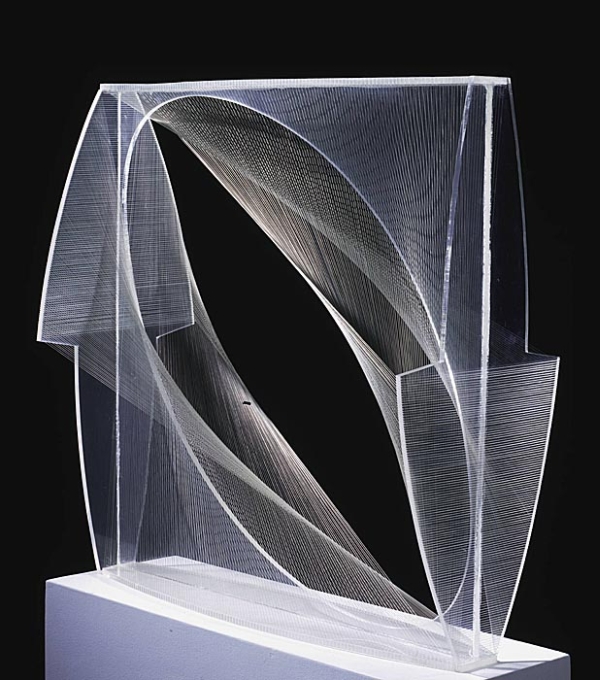
1943 Lucite with Nylon Thread
Phillips Collection
In 1920, Gabo and his brother Pevnser co-wrote ‘Realistic Manifesto’, which defined the premises of pure Constructivism. The manifesto was later presented at an outdoor bandstand in Moscow. The brothers had several joint exhibitions together and well recognized in Paris and London. In the late 1920s Gabo moved to Germany, where he was involved in the de Stijl movement and the Bauhaus. Gabo also designed a fountain in Dresden, which was unfortunately destroyed during the war.

1953 Wood Engraving in Brown Ink
Cleveland Museum of Art
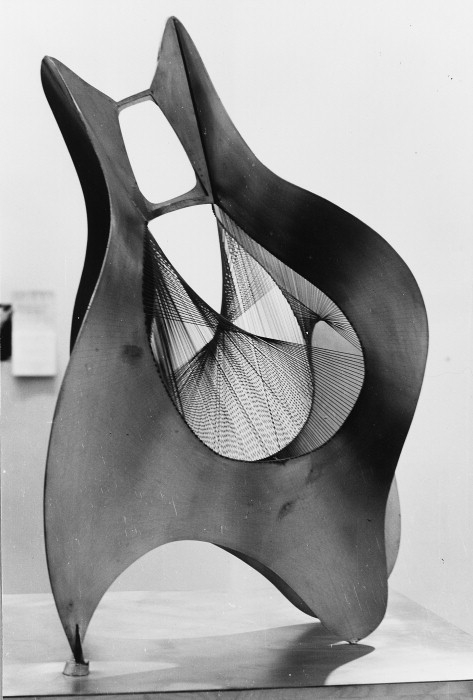
1958-1963 Bronze
The Courtauld Institute of Art
From 1932 to 1935, Gabo and his brother left Germany and settled in Paris, where they joined the Abstraction-Creation group, along with Piet Mondrian. By the late 1930s, as World War II intensified, Gabo moved to Cornwall, England. Gabo started working with English sculptors such as Barbara Hepworth and Ben Nicholson.
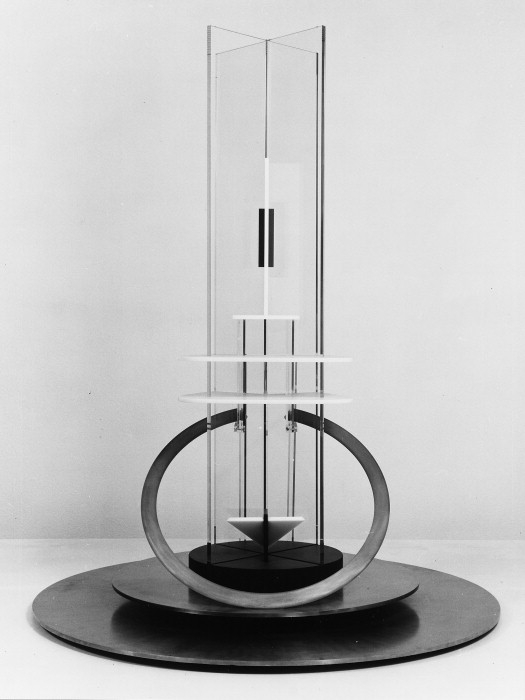
1975 Steel 194 x 154 in
Courtauld Institute of Art
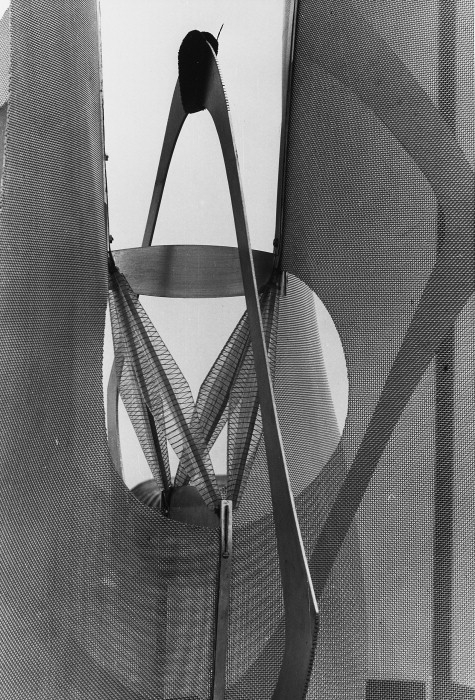
1953 Phosphor Bronze
Courtauld Institute of Art
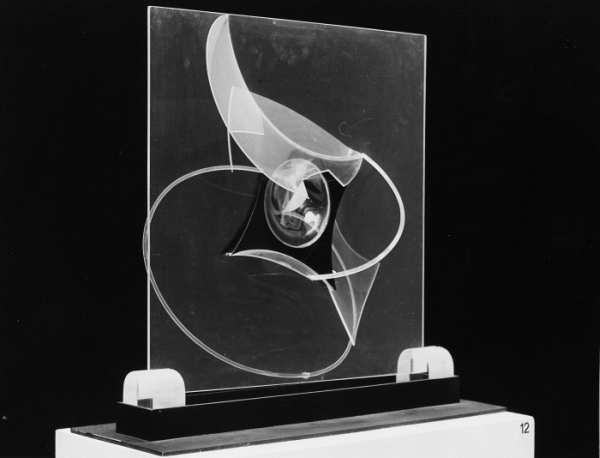
1937 Plastics, Wood
Courtauld Institute of Art

1963-64 Marble Stone
Courtauld Institute of Art
By the end of Gabo’s life, he had survived a revolution and two world wars. Amidst an atmosphere of war and political unrest, Gabo created ‘idealist’ forms to counter the chaos around him. Gabo made important contributions to modern sculpture in Europe, which has influenced artists around the world.
Do you think you own a sculpture by Naum Gabo? Contact us. We are the Gabo experts.
Reviews
1,217 global ratings
5 Star
4 Star
3 Star
2 Star
1 Star
Your evaluation is very important to us. Thank you.
